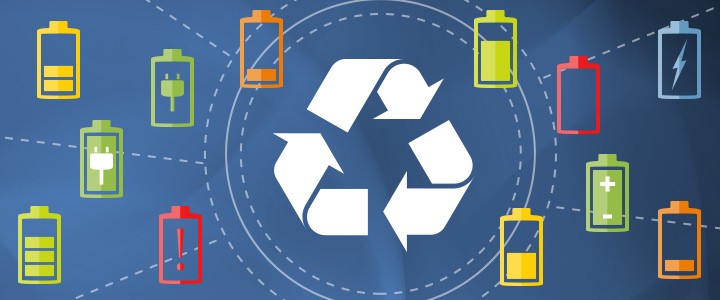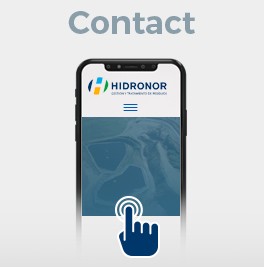Published on March 28, 2016.-
Batteries are essential elements for vehicles and therefore for transport. But when these are transformed into waste, only 70% are recycled, even being exported to new manufacturers.
It takes around 1,000 years for a battery to degrade, and in Chile alone, approximately 2,400 tons of these hazardous waste are disposed of per month. It should also be noted that they are one of the most polluting waste at the time of disposal, mainly because of the lead they contain.
But how is your recycling process?
First, lead residues are crushed and separated on the one hand and sulfides on the other. During the process, industrial water is used to wash the plastic of the batteries. This plastic is then granulated and transformed into pellets to be exported and converted into new batteries.
Subsequently, the lead is sent to a network of dispensers where it is mixed with the inputs and they are incorporated into the smelting furnace, from this metallic lead is obtained, which is then reused for; be exported and create new batteries and to create anodes for mining.
It is estimated that with the approval of the REP (Extended Producer Responsibility) bill, 100% of these hazardous waste would be recycled.
Learn more about the bill by entering Here.
Source: www.nexchannel.cl







